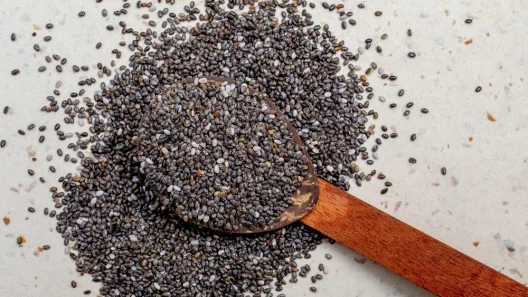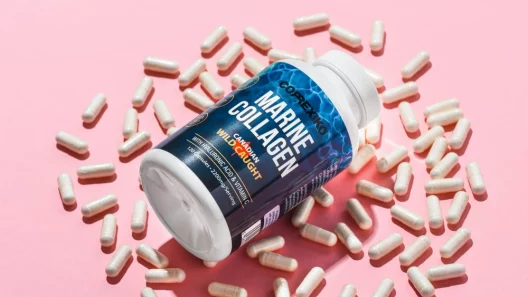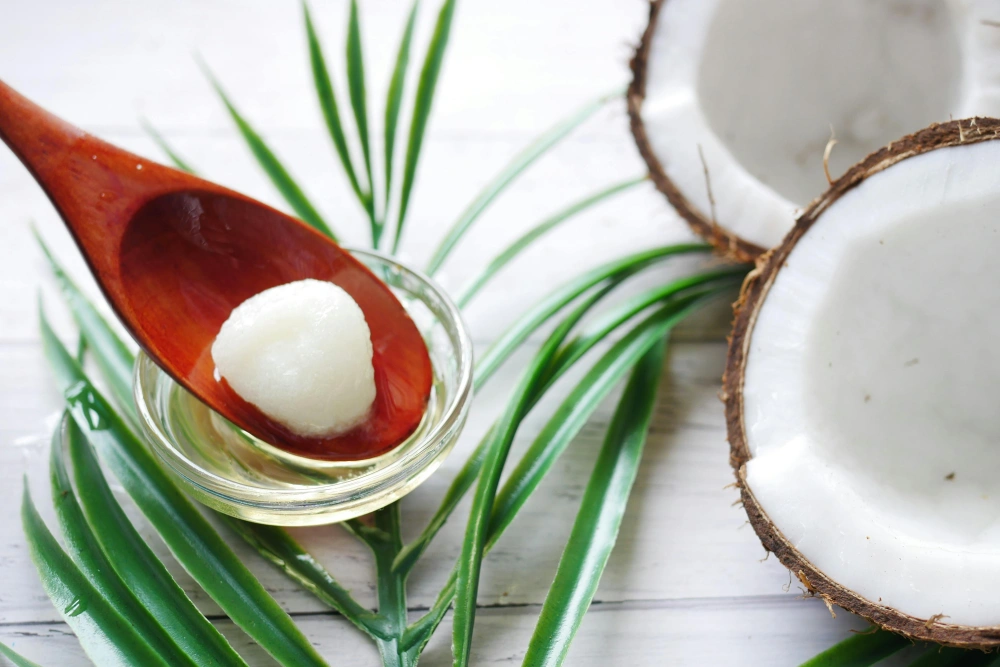In recent years, oil pulling has emerged from the pages of ancient Ayurvedic texts into the spotlight of modern wellness trends. Celebrities and influencers tout its benefits, while dental professionals cautiously weigh in on its actual efficacy. This traditional practice, which involves swishing oil in the mouth for extended periods, has gained attention as a natural alternative to conventional mouthwashes and oral hygiene products. But what does science say about these claims? This comprehensive guide cuts through the hype to deliver evidence-based information about oil pulling, its potential benefits, and how to practice it safely as part of your oral health routine. At MyGreenRemedy, we believe in exploring traditional remedies while maintaining a firm grounding in scientific evidence, helping you make informed decisions about your health and wellness practices.
What Is Oil Pulling?
Ancient Origins and Modern Practice
Oil pulling is an ancient Ayurvedic practice that dates back an estimated 3,000-5,000 years in the Indian subcontinent . Known traditionally as “Kavala Graha” or “Gundusha,” this technique was historically used not just for oral health but as a holistic remedy for various systemic conditions. The practice involves swishing approximately one tablespoon of edible oil (typically sesame, coconut, or sunflower oil) in the mouth for 15-20 minutes, then spitting it out . Modern enthusiasts have adapted this tradition, often preferring coconut oil for its mild flavor and potential antimicrobial properties.
The Mechanism Behind Oil Pulling
While the exact mechanism of action remains partially unclear, several theories attempt to explain how oil pulling might work:
- Saponification theory: The alkaline environment in saliva may hydrolyze fats in the oil, creating a soap-like substance that enhances cleaning action .
- Emulsification action: The viscous oil may reduce bacterial adhesion and plaque accumulation by creating a protective barrier on teeth .
- Antioxidant activity: Components in certain oils, such as the lignans in sesame oil or lauric acid in coconut oil, may exert antioxidant and antimicrobial effects that reduce harmful oral bacteria .
- Polarity principle: As oils are non-polar substances, they may attract and remove other non-polar compounds (including certain bacteria and toxins) from the mouth .
Benefits of Oil Pulling
Evidence-Based Oral Health Benefits
Reduction of Harmful Bacteria
Several studies have demonstrated that oil pulling can significantly reduce the bacterial load in saliva. A 2008 study published in the Indian Journal of Dental Research found that oil pulling with sesame oil significantly reduced Streptococcus mutans (a primary bacterium associated with tooth decay) in plaque and saliva . Another study showed an average reduction of 20% in total microbial count after a 40-day oil pulling regimen .
Plaque and Gingivitis Reduction
Research suggests that oil pulling may help reduce plaque formation and improve gum health. A 2016 study comparing coconut oil pulling to chlorhexidine mouthwash found both interventions significantly reduced plaque and gingival indices . Another study demonstrated 18-30% reduction in plaque scores and 52-60% reduction in gingivitis after 45 days of oil pulling with sunflower oil .
Halitosis Management
Oil pulling may help combat bad breath by reducing the bacterial populations that produce volatile sulfur compounds. Studies have found oil pulling with sesame oil to be as effective as chlorhexidine rinses against halitosis and associated pathogens .
Anecdotal Claims vs. Scientific Evidence
Teeth Whitening
Many proponents claim oil pulling naturally whitens teeth. While some users report subjective whitening effects, likely from reduced plaque and surface stains, no rigorous scientific studies confirm this effect . Any whitening effect is probably minimal compared to professional treatments.
Systemic Health and “Detoxification”
Traditional medicine claims oil pulling can “detoxify” the body and treat numerous systemic conditions from headaches to diabetes. However, there is no scientific evidence that oil pulling removes toxins from the blood or internal organs . The American Dental Association states unequivocally that oil pulling should not be promoted as a cure for systemic diseases .
Cavity Reversal
Some advocates suggest oil pulling can reverse existing cavities. However, scientific consensus strongly contradicts this claim. While reducing oral bacteria might slow cavity progression, existing cavities require professional dental treatment .
Table: Evidence-Based vs. Anecdotal Benefits of Oil Pulling
| Evidence-Based Benefits | Anecdotal Claims |
| Reduces harmful oral bacteria | Whitens teeth significantly |
| Decreases plaque accumulation | Reverses cavities |
| Improves gum health | Detoxifies the body |
| Reduces bad breath | Cures systemic diseases |
How to Do Oil Pulling Safely
Step-by-Step Guide
- Choose your oil: Select high-quality, organic, cold-pressed oil. Coconut oil is popular for its mild flavor and antimicrobial properties, while sesame oil is the traditional choice .
- Timing: Practice oil pulling first thing in the morning on an empty stomach, before brushing your teeth or drinking anything.
- Measure: Use approximately one tablespoon (10-15 ml) of oil. For children over 5 (with dentist approval), reduce to one teaspoon .
- Swish gently: Move the oil slowly through your teeth and around your mouth. Avoid vigorous swishing to prevent jaw fatigue.
- Duration: Build up gradually from 5 minutes to 15-20 minutes as you become accustomed to the practice.
- Dispose carefully: Spit the oil into a trash can or paper towel to avoid clogging drains. The expelled oil will appear thin and milky white.
- Rinse and brush: Rinse your mouth thoroughly with warm water, then proceed with your regular brushing and flossing routine .
Recommended Oils
- Coconut oil: Contains lauric acid with demonstrated antimicrobial properties; most researched option .
- Sesame oil: Traditional Ayurvedic choice; contains antioxidants like sesamin and sesamolin .
- Sunflower oil: Less researched but historically used; contains vitamin E and antioxidants.
Table: Comparison of Oils Used for Oil Pulling
| Oil Type | Benefits | Antibacterial Strength | Taste/Texture |
| Coconut oil | High in lauric acid, antimicrobial | High | Mild, sweet, solid at room temperature |
| Sesame oil | Rich in antioxidants, traditional | Moderate | Nutty, liquid |
| Sunflower oil | Contains vitamin E | Moderate | Mild, liquid |
Safety Tips and Precautions
- Never replace brushing and flossing with oil pulling. It should be a supplementary practice, not a substitute for conventional oral hygiene .
- Avoid swallowing the oil, as it contains bacteria and toxins pulled from your oral tissues. Swallowing may cause stomach upset or, in rare cases, lipid pneumonia if inhaled .
- Start slowly to avoid jaw muscle stiffness or fatigue. Begin with 5-minute sessions and gradually increase duration .
- Wait a few minutes after spitting out the oil before brushing to minimize potential enamel erosion .
- Store oils properly in cool, dark places to prevent rancidity, which can reduce efficacy and introduce harmful compounds.
Who Should Avoid Oil Pulling
While generally safe for most adults when practiced correctly, certain individuals should exercise caution or avoid oil pulling entirely:
- Children under 5: Young children may aspirate or swallow the oil, increasing risk of lipid pneumonia .
- Those with oil allergies: Individuals allergic to coconut, sesame, or sunflower seeds should avoid using these oils .
- People with swallowing difficulties: Those with conditions that affect swallowing control risk aspirating oil into their lungs .
- Recent dental surgery patients: Avoid oil pulling after extractions, root canals, or gum surgery unless approved by your dentist, as it might disrupt healing .
- Individuals with dental restorations: Those with extensive dental work, particularly amalgam fillings, should exercise caution. Some holistic dentists warn that oil pulling might loosen fillings or leach mercury from amalgam restorations .
- Those with jaw disorders: People with TMJ disorders or jaw pain might find the swishing motion exacerbates their condition .
FAQs About Oil Pulling
How often should I practice oil pulling?
Most studies have examined daily practice, which appears to be safe for most people. Once daily is sufficient; there’s no evidence that multiple sessions provide additional benefits .
Can oil pulling replace brushing?
Absolutely not. The American Dental Association emphasizes that oil pulling should not replace evidence-based oral hygiene practices like brushing with fluoride toothpaste and flossing . Think of it as a potential supplement, not a substitute.
Is there scientific evidence supporting oil pulling?
While numerous small studies suggest benefits for reducing oral bacteria and improving gum health, larger and more rigorous trials are needed. A 2022 meta-analysis of nine randomized controlled trials found that oil pulling significantly reduced salivary bacterial count but did not find significant differences in plaque and gingival indices compared to control groups . The current evidence suggests potential benefits but is not conclusive enough for universal recommendation.
Can oil pulling cause any side effects?
When practiced correctly, side effects are minimal. Some people experience jaw fatigue, especially when starting. There have been rare reports of lipoid pneumonia from accidentally inhaling the oil . Allergic reactions are possible in sensitive individuals.
How long until I see results?
Some studies have documented measurable changes in bacterial counts within 1-2 weeks, but improvements in gum health might take several weeks of consistent practice . Remember that oil pulling is a preventive practice, not a treatment for existing dental problems.
Conclusion
Oil pulling represents an intriguing intersection between traditional wisdom and modern oral health care. While not a miracle cure or replacement for conventional dental hygiene, the practice may offer modest benefits as a supplementary approach to reducing harmful oral bacteria and promoting gum health. The key to safely incorporating oil pulling into your routine lies in maintaining realistic expectations, using proper technique, and never abandoning evidence-based practices like brushing with fluoride toothpaste and regular flossing.
As with any wellness practice, consultation with your dental professional is recommended, especially if you have existing oral health issues or dental work. While research continues to evolve, oil pulling remains a fascinating example of how ancient practices can find renewed relevance in contemporary health conversations when approached with both curiosity and critical thinking.
For those interested in exploring other natural approaches to wellness, consider reading our articles on Ayurvedic remedies for gut health and The Ultimate Guide to Natural Wellness Remedies available here on MyGreenRemedy.









